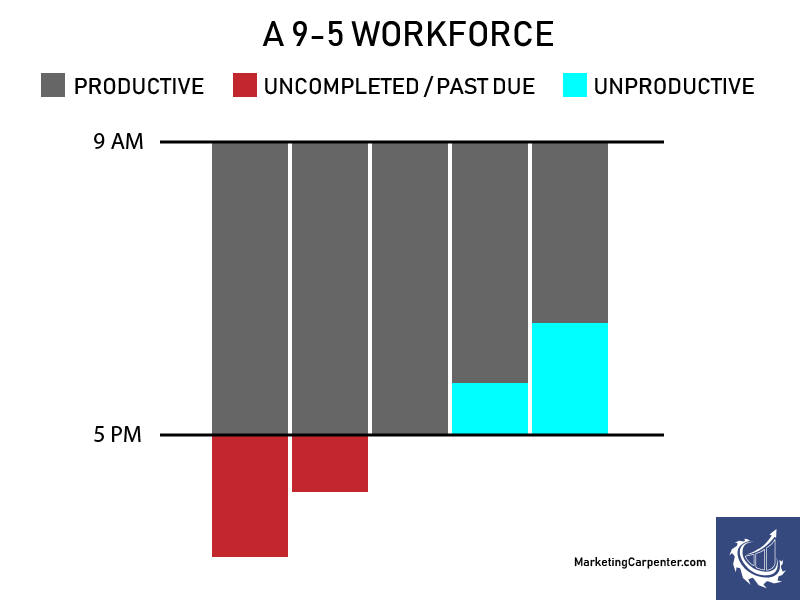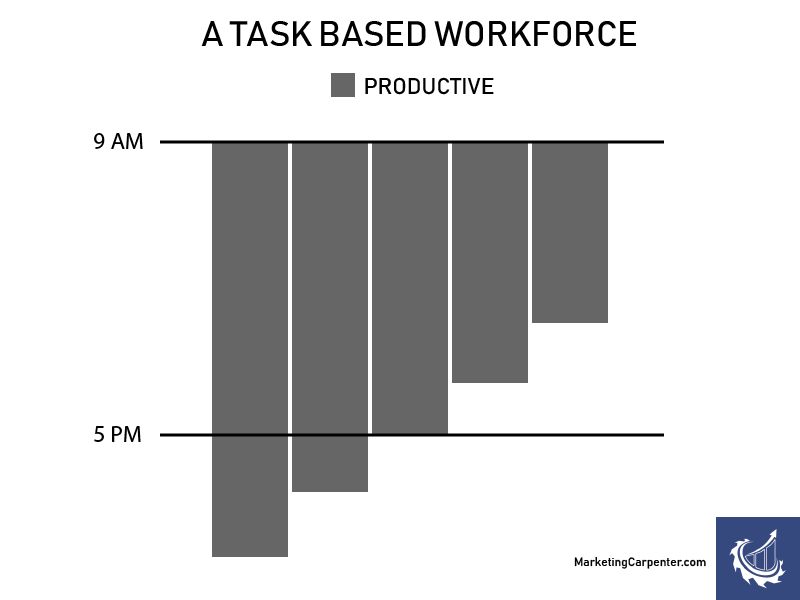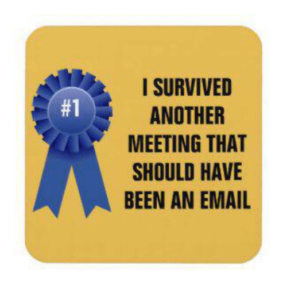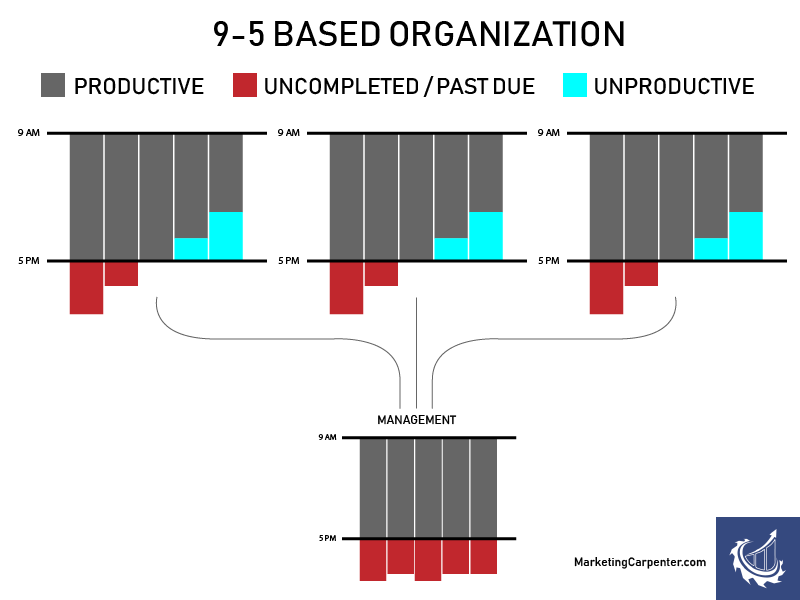
I recently reflected on the differences that I experienced from moving from a larger company to a startup environment. To be honest, there are a lot of areas that overlap and do not change, but there are two major differences:

1.Wearing a lot of hats
Every employee needs to learn how everything works in a business and execute on a variety of projects outside their expertise. Which is typically very different from a corporate entity where you specialize in one targeted area. This is great for an individual that likes to be constantly busy, but it also makes things incredibly tough to prioritize and do well.
2.No red tape
No red tape in an organization has a lot of positives and some cons as well. The positives are that a company can move incredibly fast. Going from ideation to execution is not slowed down by organization rules and regulations.

The negative of this work style is that most projects have little direction or guidelines. This commonly leads to the constant change in messaging or moving forward with plans that are not thoroughly thought through.
To help with these changes of culture, I have created 3 startup takeaways that help in managing your time, think through projects, and prioritizing your activities:
The first idea is usually not the best idea, but the one you are most attached to.
Back when I was is entrepreneurship class, we were broken into groups of 3 to create business concepts.
In the brainstorming of what our company would do, everyone said something that was prevalent to their profession. Engineers talked about mechanical parts, marketers talked about software automation, etc..
Although through the brainstorming one trend always remained, each person went back to their original idea and then tried to defend its weaknesses or boast about its strengths.
The same applies to an actual business. People throw out their ideas and they are emotionally attached to those ideas, making those that disagree with those ideas (because we are all stubborn):
a. People that don’t understand it correctly
b. Dumb
c. People that have a personal vendetta against you

The truth is, the mentality that your idea is the best is a common way of thinking. When you throw an idea out, it has a part of you with it and it is easy to be offended when people don’t agree.
By understanding that your first idea is most likely your worst. It allows for a couple of benefits:
a. You collaborate better with coworkers
b. You make better decisions
c. It allows you to build off ideas instead of defending them
Automate the things that are repetitive, and that you do not enjoy.
This take away is rather obvious. If you are doing something over and over, look for ways to automate it. This also applies to things that you do not enjoy. Let me explain why:
One thing I have never been good at is Accounting.
I have taken numerous accounting classes through undergrad and graduate school. I am still awful.
Why am I bad at it? Yes, it is confusing for me (like really why are there so many buckets!). But I have understood a lot of other confusing topics in the past that I have become good at.
The real underlying issue is that I do not care about Accounting, I will continue to do the bare minimum in accounting because it is something that I never enjoy or pride myself in being good at.
If I did it for a living – my work would be riddled with errors.
That is why I am NOT in accounting.
The same applies to your tasks. If you do not enjoy something, most likely you are not good at it. Therefore you should look for ways to automate these items as it most likely will not lower your performance, in fact, it might improve it.
These could be everything from social media posting, content creation, design, and of course accounting. Continue to look for ways to outsource or automate these areas to free up time and increase performance.
Understand the opportunity cost!
In business, we tend to look a lot at the physical costs – the costs like rent, advertising, software programs, etc.
People rarely look at the actual cost of labor. Just because someone is a salaried employee, it does not mean there is not an hourly cost to their time.
To quickly estimate someone’s hourly rate simply remove 3 zeros and divide in half (ex. 80k employee = $40/hr)
By understanding this, you know that a meeting with 10, 80k employees at a minimum must generate $400 in profit to be productive.
In a small startup, a salary may sound like a luxury and therefore people believe these costs do not exist – but they are just less monetary.
Time spent on one item means not spending it elsewhere.
Instead of looking at your monetary cost, think about your current activity. Is it the most productive and revenue-driving thing you could be doing at this time? If not, then your cost is what you could be making in a different activity.
These three items undoubtedly can be applied to any size of business or department. Is there another one that you follow? If so leave it in the comments below.
Want more startup take-aways
Why not have it go right to your inbox?















